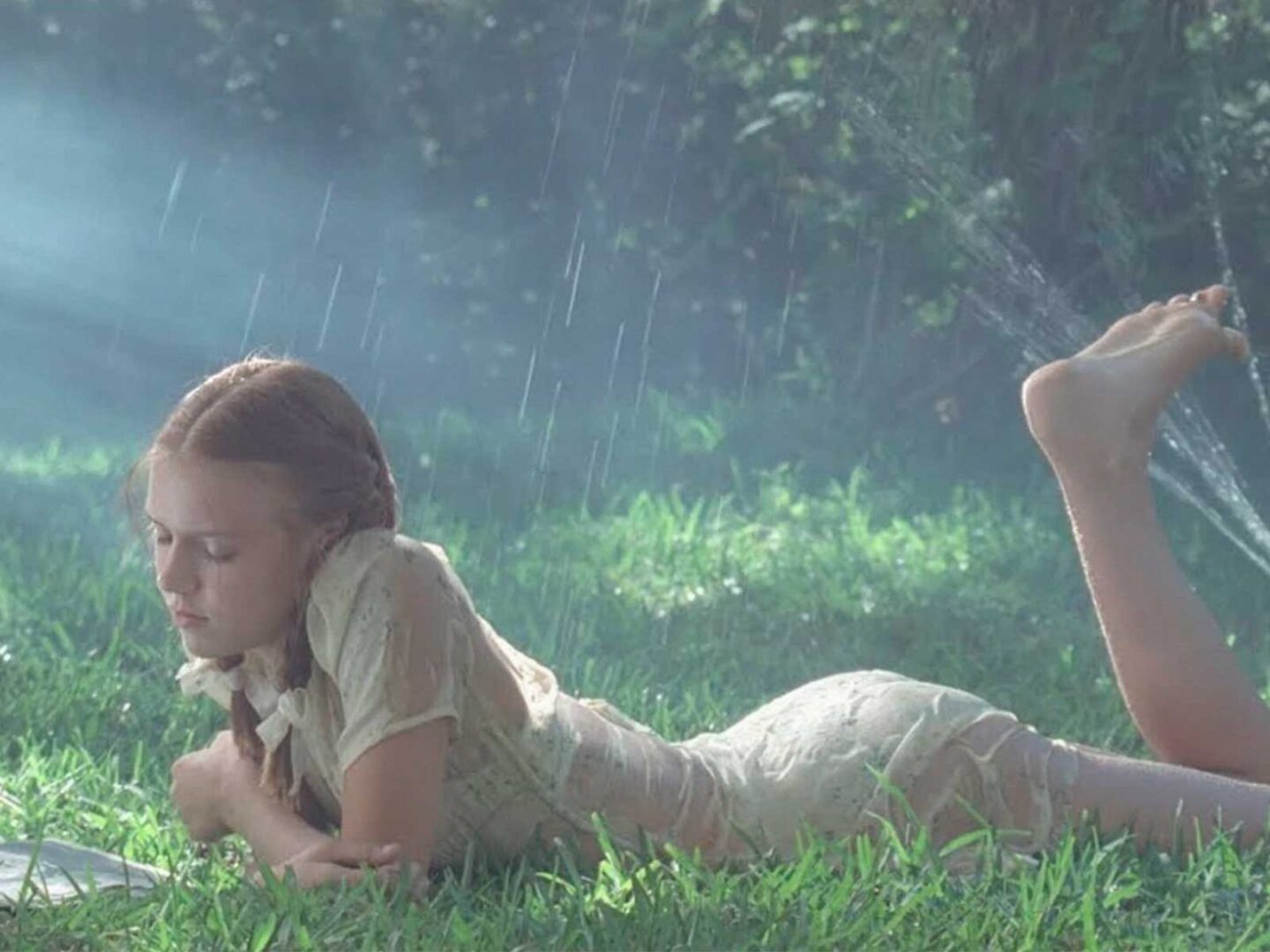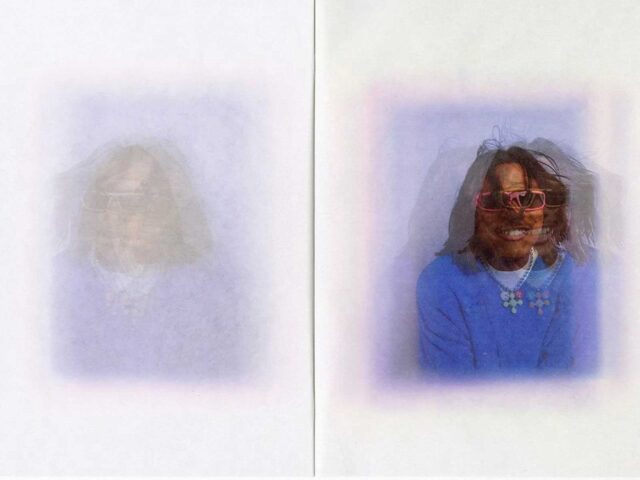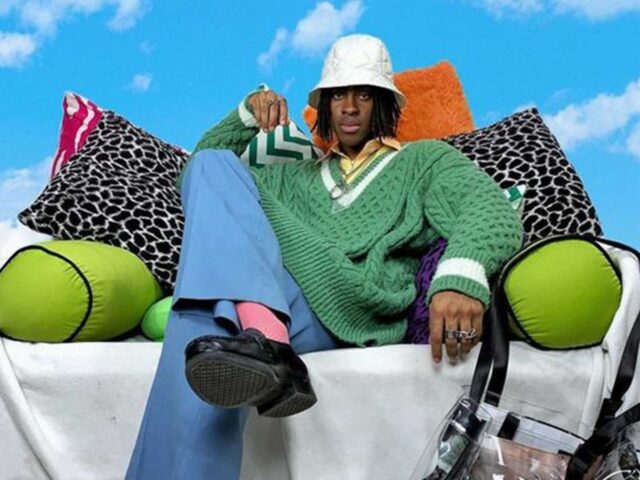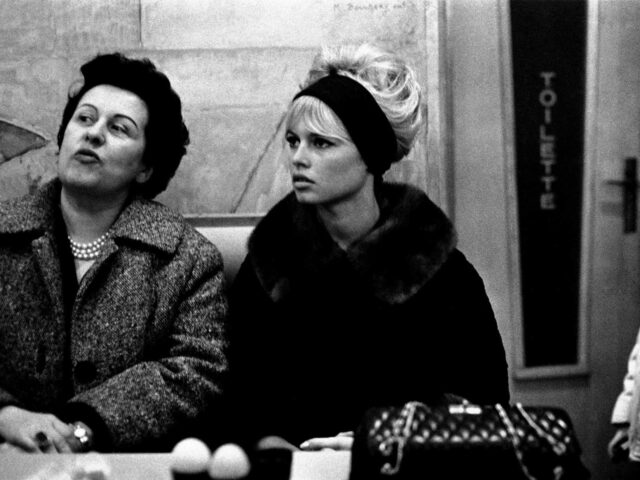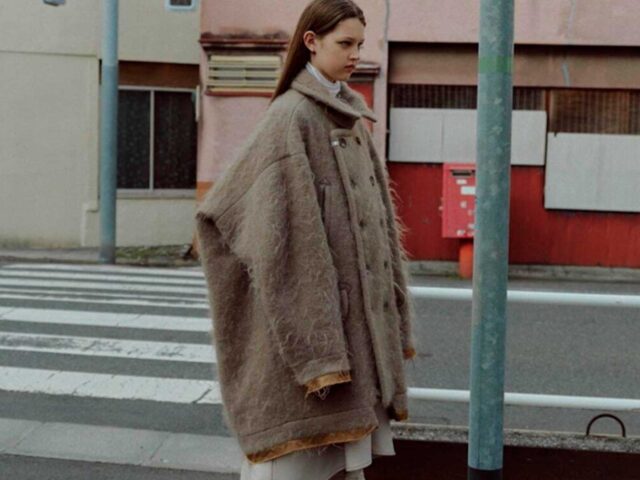New generations are rekindling a flame that never quite seemed to die out. In fact, this cult classic now seems to be immersed in a kind of viral current championed by countless teenagers who have probably only consumed “Lolita” through five-second clips. Chronic users who transfer all their visual imagery and insert their dialogues into a myriad of compilation videos on TikTok.
The film version of “Lolita”, directed by Adrian Lyne, celebrates a quarter of a century this year. An audiovisual piece that transferred the story of Dolores Haze (Lolita) to the screen through scenes of obsessive love starring her mother’s adult tenant Humbert Humbert. Now, 25 years later, the film is still misunderstood as it was when it was released. Both that film itself, as well as Stanley Kubrick’s more recent 1962 adaptation of the film, more focused on double entendre than pure eroticism.

To this day, all that visual language and narrative still linger on the web: from the heart-shaped sunglasses to Humbert’s terminology and his attitudes suspended in pedophilia with which he justifies his attraction to an underage girl. In fact, there are accounts created under the character’s name that edit his relationship, recreating his characteristic hairstyle and makeup from the film, as well as his attitudes of innocence lost at a young age.
THE PROJECTION OF THE “NYMPHET” AESTHETICS
Within this disconcerting trend, the aesthetic world and/or nymph fashion is positioned at the core as a synthesis of the two ideals of femininity or stages of life: childhood or innocence and sexual maturity. In it, the childlike and hyper-feminine become the inspiration for mid-century pink and red moodboards, among candy, strawberries or preppy tennis skirts combined with braids.
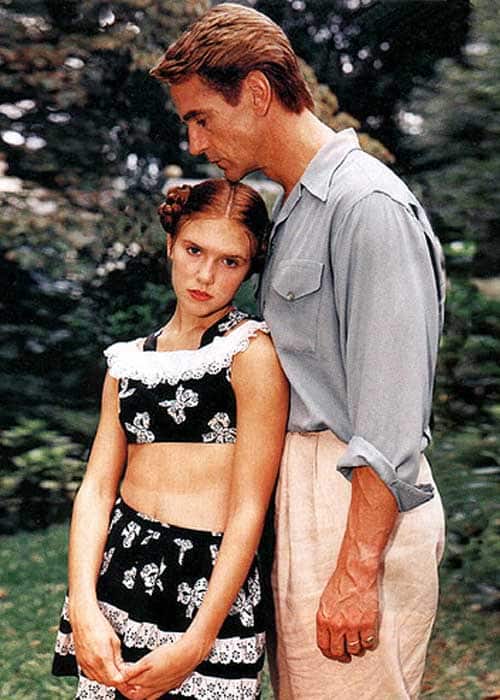
That fuzzy, virtually distorted romance continued to be romanticized in the feeds of Tumblr’s teenage users, even becoming linked to the pro-ana culture that proliferated on this app based on the Lolita archetype: white, “weak” and thin. A whole sort of gloomy, gloomy worship that undertook the digital exodus to TikTok by a new audience that brought the aesthetic and identity of the film back to life. Now, a new generation of nymphs thrives on the platform, but under the name “coquettes” borrowing the same aesthetic language of the nymph and thus Lolita.
After all, TikTok’s prescriptive language of tropes and genres like “female rage,” and its fleeting format are designed to make our attention span similarly volatile, and we can only catch the beauty or surface of the clip, and not its hidden meanings. The problem underlying all this then is the speed at which information is disseminated on TikTok, and the extraction of scenes from films like Lolita from their original context. There is thus a collective idealization of an equivocal and disturbing concept by a whole generation of online natives who now replace nymphs with “coquettes” to insert it into a cycle of trends where everything seems to be diluted; where everything is born and ends up dying.
Sigue toda la información de HIGHXTAR desde Facebook, Twitter o Instagram
You may also like...
